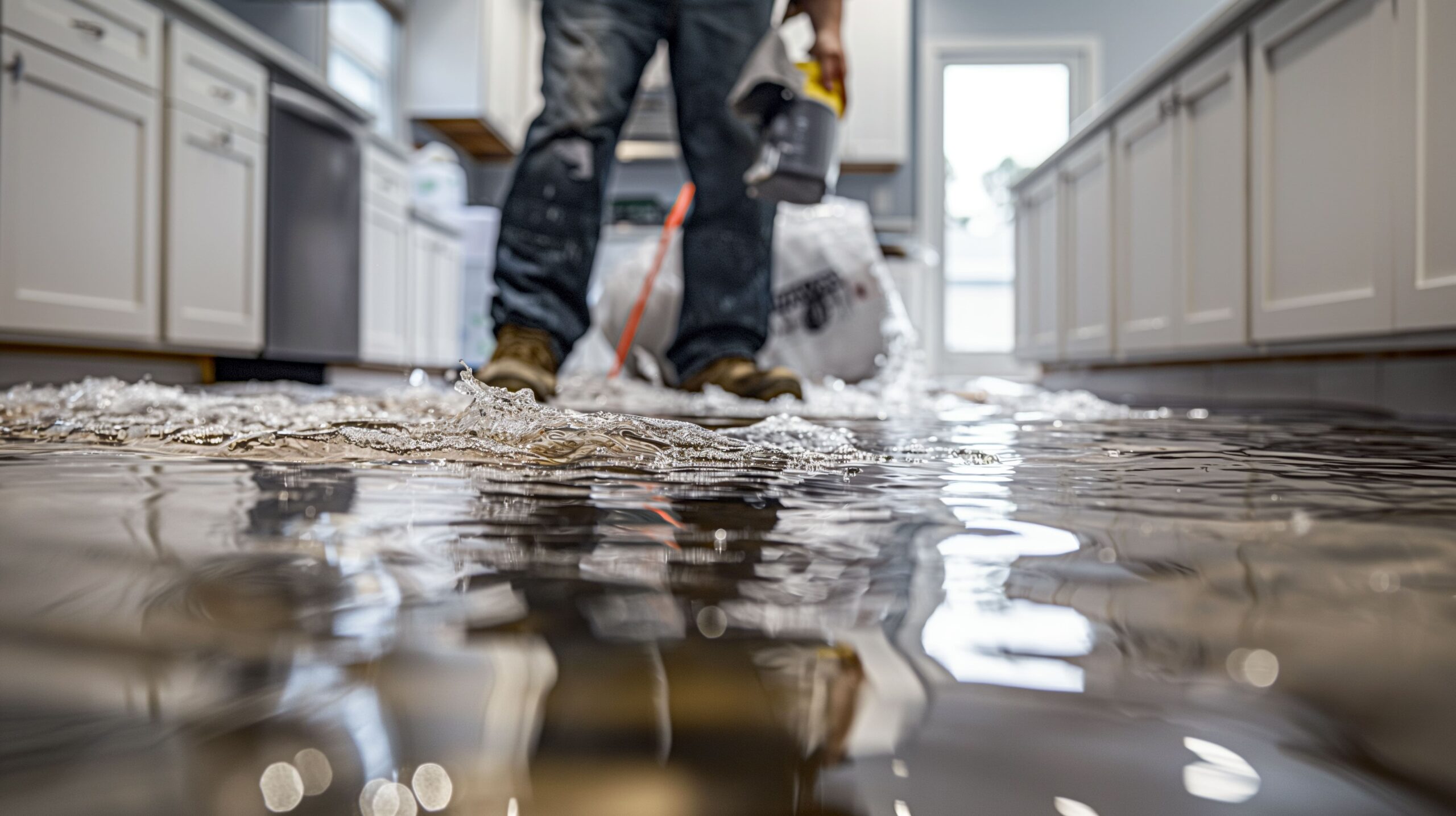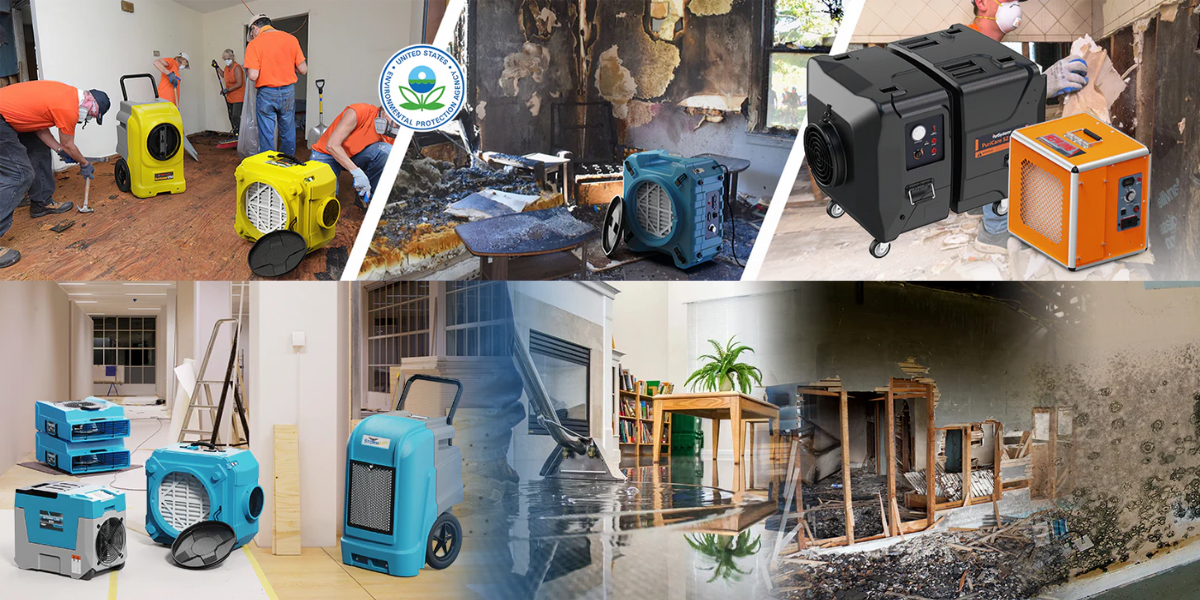A first-timer’s guide to understanding Water Damage Restoration
Wiki Article
Top Tips for Effective Water Damage Restoration: Secure Your Residential Or Commercial Property Today
Water damage can strike suddenly, triggering considerable disruption and potential hazards. Effective restoration needs a methodical method to reduce further harm. From assessing the damage to carrying out safety nets, each action plays an important duty in safeguarding residential or commercial property. Recognizing these strategies can make all the distinction in the after-effects of a water-related crisis - Water Damage Restoration. What important activities should be prioritized to assure detailed protection?Analyze the Damage Promptly
When a water damage occasion happens, it is necessary to evaluate the damage promptly to minimize further issues. This first examination assists determine the degree of the damage and identifies influenced areas. Water can permeate into walls, floorings, and furniture, leading to mold development and structural instability otherwise addressed immediately. An extensive examination ought to consist of looking for discoloration, wetness, and musty smells, which show dampness presence - Flood Cleanup Services. It is also important to record the damage through photos and notes for insurance policy purposes. Engaging experts for an extra detailed evaluation might be essential, especially when taking care of extensive or covert damage. Early recognition and accurate evaluation lay the structure for reliable restoration and protect the building from added complications
Turn off the Supply Of Water
Shutting off the water system is a necessary action in protecting against more damage during a water-related event. When a leak or flood occurs, immediate activity is important to lessen the level of the damage. Locating the main water shut-off valve ought to be a concern. This valve is frequently situated near the water meter or where the water line enters the home. When located, transforming the shutoff clockwise will certainly quit the circulation of water. In instances where the major shutoff is inaccessible, individual shut-off valves for home appliances might also be used. Immediately shutting down the supply of water not just protects the property from extra injury but likewise facilitates the succeeding remediation process, making certain that recuperation efforts can begin without delay.Eliminate Excess Water Quickly
Eliminating excess water immediately is crucial for reducing damage and preventing mold growth in affected areas. The longer water continues to be in call with materials such as wood, insulation, and drywall, the better the threat of structural damage and the advancement of mold. Property owners should act swiftly to evaluate the scenario and use suitable devices, such as wet vacuum cleaners or pumps, to extract standing water successfully. If the volume of water is considerable, getting in touch with specialist repair solutions may be essential, as they can offer customized equipment and proficiency. Additionally, getting rid of furniture and items from the afflicted location can aid to decrease damage and assist in the overall remediation procedure. Timely action not just shields property however additionally help in a smoother recovery journey.
Dry the Affected Area
After removing excess water, it is important to dry the afflicted area thoroughly. This includes removing any kind of standing water and boosting air circulation to facilitate dissipation. Effective drying out will help stop mold development and additional damage.Remove Standing Water
Swiftly addressing standing water is critical for efficient water damage restoration. The existence of stagnant water can cause further residential property damage and create a setting for mold and mildew growth. To mitigate these dangers, it is vital to remove standing water as swiftly as possible. This procedure generally entails utilizing submersible pumps, wet vacuum cleaners, or specialized removal devices. Professionals suggest assessing the deepness and degree of the water prior to picking the proper method for elimination. Safety and security precautions should likewise be taken, consisting of using protective equipment and ensuring power is switched off in impacted locations. As soon as the standing water is efficiently eliminated, the drying out procedure can start, further safeguarding the residential property from recurring damage.Increase Air Circulation
Improving air flow is crucial for effectively drying out areas impacted by water damage - Flood Cleanup Services. This process assists to accelerate dissipation, reducing the risk of mold and mildew growth. Experts usually recommend making use of fans to produce a stable airflow throughout the room. Placing box followers in home windows can draw in fresh air, while high-velocity followers can guide airflow towards wet surface areas. In addition, opening up doors and home windows enables cross-ventilation, boosting the drying out process. Dehumidifiers can also be employed to get rid of excess dampness from the air, further helping in drying. By guaranteeing that air circulates freely, residential or commercial property owners can substantially lessen the long-lasting effects of water damage and shield the integrity of their structureEvaluate for Mold Development

Mold growth is a significant worry following water damage, as it can bring about health and wellness issues and architectural wear and tear. After any flooding or leakages, it is important to perform an extensive inspection of the influenced areas. This includes monitoring hidden areas such as behind wall surfaces, under rugs, and in cellars or attics where moisture might linger. Indicators of mold consist of a musty odor, staining on surfaces, or visible development. Home proprietors ought to utilize safety gear when checking, as mold and mildew spores can position wellness threats. Water Damage Restoration. If mold is identified, it is important to resolve it instantly, as delaying removal can aggravate the problem and boost the threat of major health and wellness problems for residents. Early intervention is vital to effective mold management
Repair Work and Recover Broken Structures
When addressing water damage, it is important to very first examine the architectural integrity of the impacted areas. This evaluation aids recognize possible hazards and educates the required fixing methods. Flood Cleanup Services. Engaging professional reconstruction solutions assures that the repair process is carried out securely and efficientlyEvaluate Structural Integrity First
Prior to starting any water damage restoration, it is important to evaluate the architectural stability of the affected location. This examination helps recognize any type of compromised components, such as structures, wall surfaces, or beam of lights, which might present security dangers. Inspecting for indicators of bending, splitting, or mold development is important, as these signs can reveal underlying damage that calls for instant attention. Additionally, understanding the level of the damage can direct restoration initiatives and figure out whether repairs are viable or if replacement is necessary - Emergency Water Removal. It is crucial to document findings extensively, as this details can be useful for insurance policy cases or future recommendation. Focusing on structural evaluation assurances that reconstruction efforts continue safely and successfully, inevitably protecting the building and its occupantsUse Expert Restoration Services

Avoid Future Water Damage
To properly stop future water damage, homeowners have to embrace an aggressive method to upkeep and repair work. Regular assessment of downspouts, roofing systems, and seamless gutters is important; stopped up seamless gutters can result in water overflow and roof covering leaks. Furthermore, checking for leakages in plumbing fixtures and home appliances can ward off potential damage. Property owners need to likewise think about setting up sump pumps in basements or low-lying areas to manage water buildup. Sealing fractures in structures and making certain proper drainage around the residential or commercial property are crucial steps in securing against water invasion. Additionally, maintaining humidity degrees with dehumidifiers can protect against mold and mildew development. By executing these safety nets, house owners can significantly reduce the danger of water damage and protect their property for the long-term.When a water damage event happens, it is have a peek at this website important to assess the damage promptly to minimize additional issues. Eliminating excess water without delay is crucial for decreasing damage and protecting against mold and mildew growth in affected areas. Promptly resolving standing water is vital for efficient water damage remediation. The presence of stagnant water can lead to more residential property damage and develop an atmosphere conducive to mold and mildew development. Before launching any kind of water damage remediation, it is important to assess the architectural integrity of the damaged location.
Report this wiki page